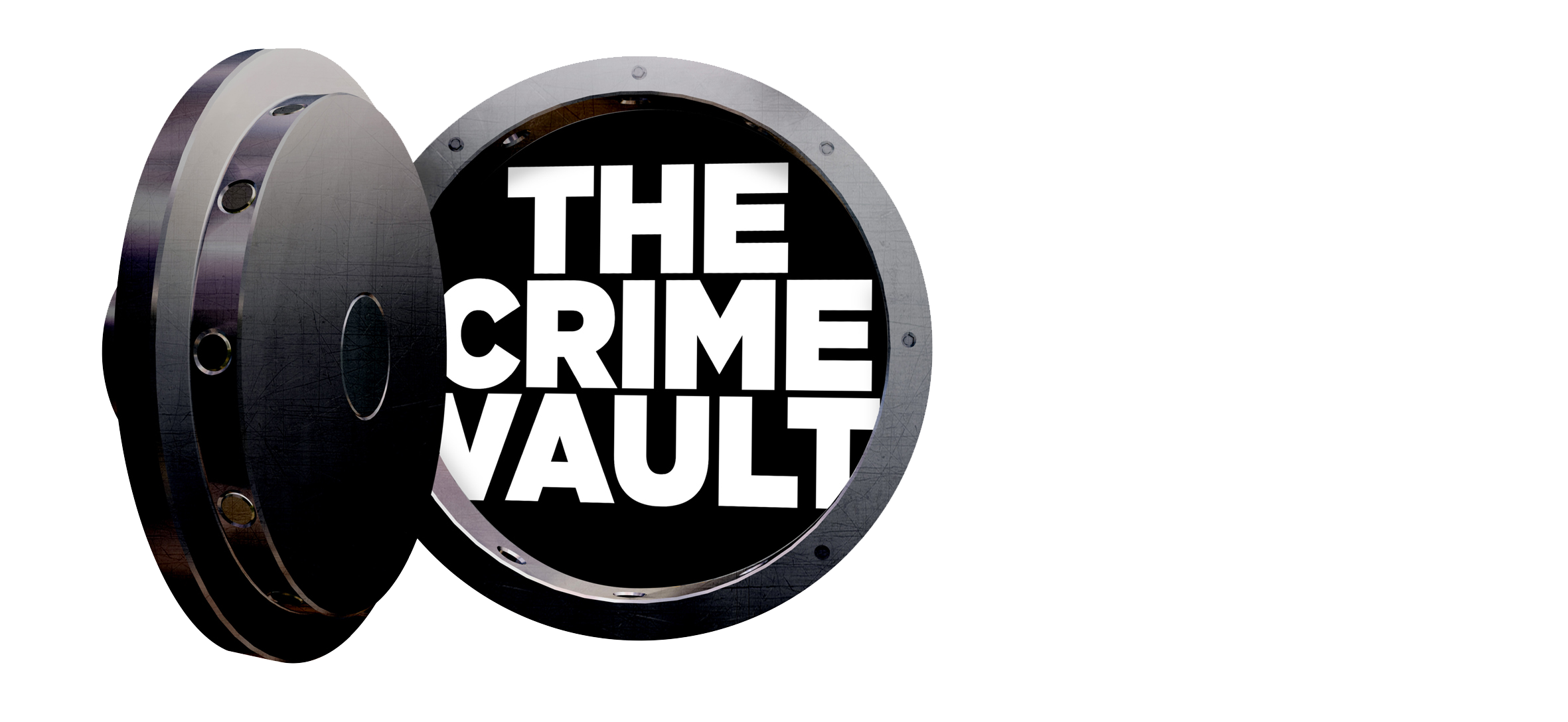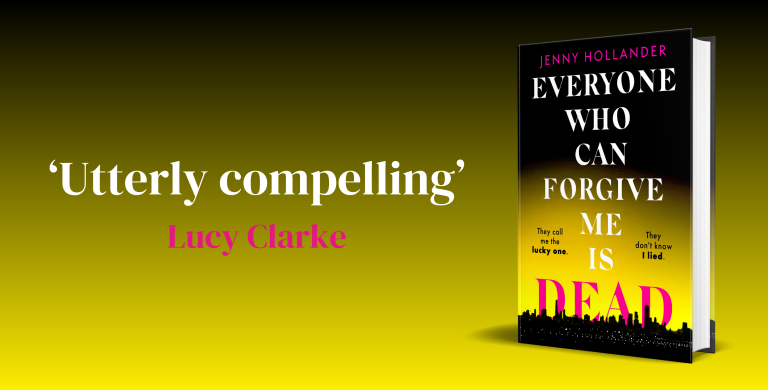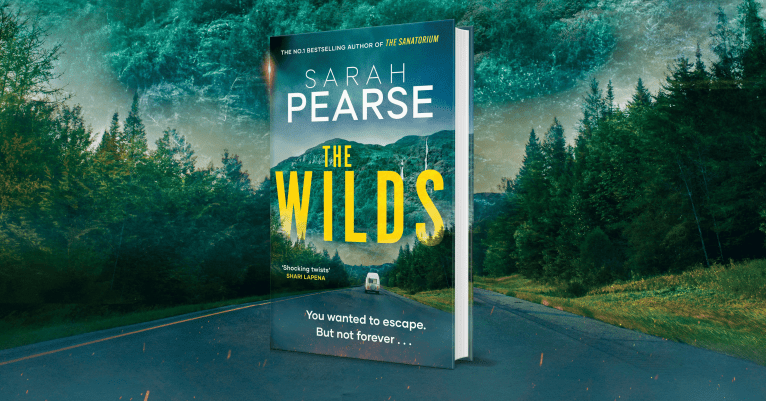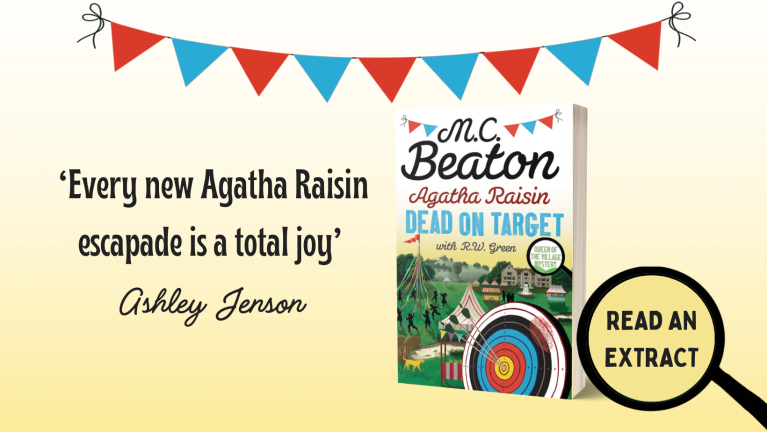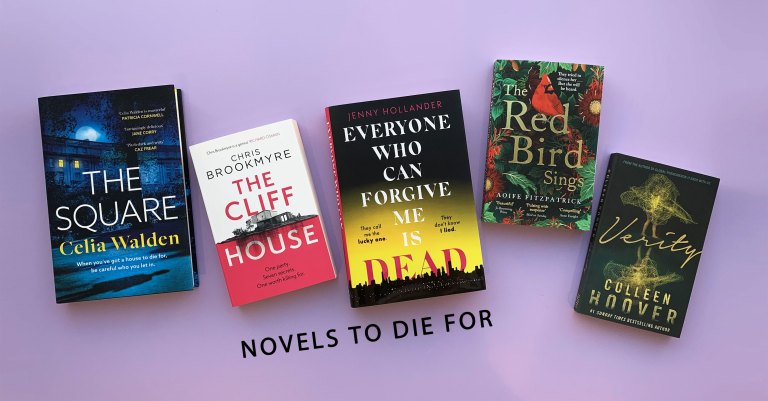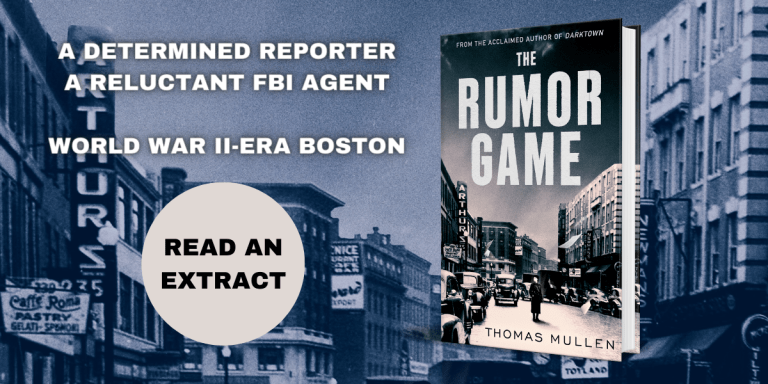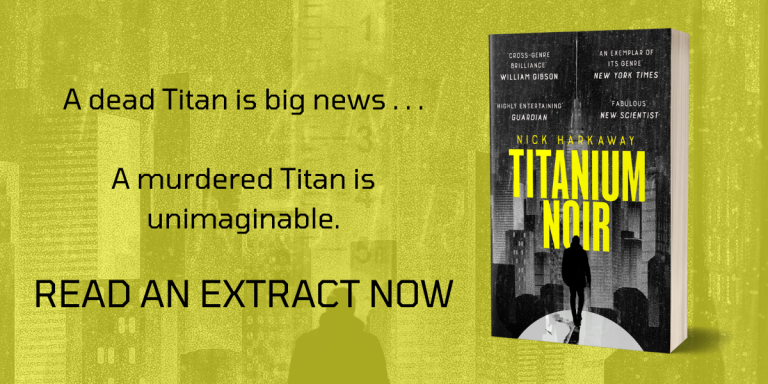Writing Tips
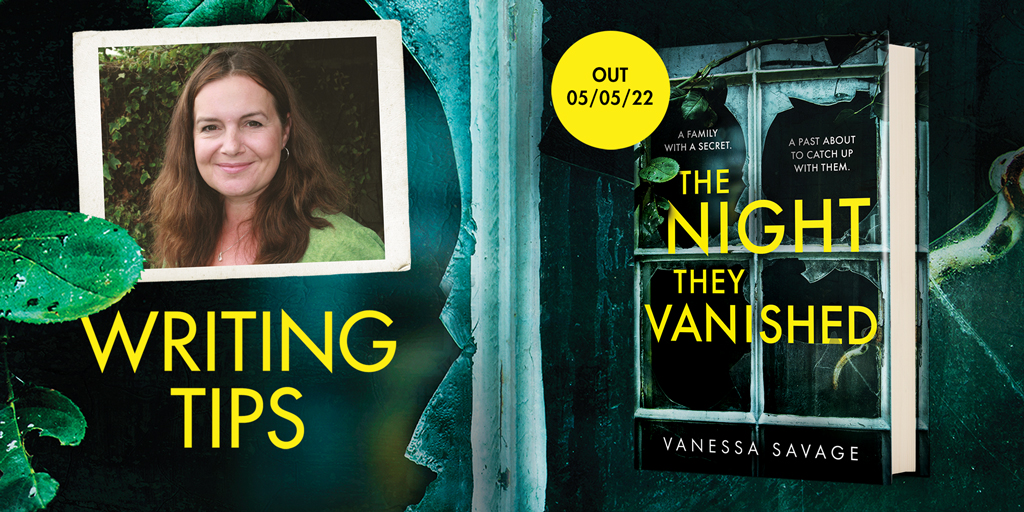
Tension
One of the most important elements to any thriller is tension. In order to get that delicious page-turning tension, one of the best tips I have is to plan, plan, plan. If you know where a story is going, you have the space to work out where to throw in those vital, nail biting twists and turns, and you can avoid the dreaded saggy middle. This has been a lesson I’ve needed to learn – I’m not a natural planner, I need to write my way into a story because how the characters develop dictates how the plot evolves. But if I don’t plan at all, the characters and their relationships take over to the detriment of pacing and plot! My fabulous agent, Juliet Mushens, recommended Blake Snyder’s Save the Cat to me as an aid to planning. I put together an outline where I establish the main turning points and twists, where the story begins and ends. It’s not prescriptive, I keep it flexible, so my characters have the freedom to develop but there’s enough structure to keep the pacing tight!
For me, a lot of the tension raising details get added at the second draft stage. The first draft is the bare bones of a book, it’s about getting the story down. Second draft is the fun draft – adding flesh to the bones, all the details to build up tension, to really bring the characters and story alive.
Character & dialogue
When I’m developing characters, a lot of what I initially write doesn’t make it into the book. In order for my characters to come alive, I need to see them interact with each other, so in my notebooks, I have pages and pages of conversations and mini scenes that don’t necessarily add to the story but are essential for me to write in order to build and understand my characters and their relationship. One of the hardest parts of writing characters is to let them be flawed. A writer falls in love with their characters, so to allow them to be cruel, or selfish is hard, but the flaws are what makes a character come alive – everyone in real life has had to face up to uncomfortable truths or deal with adversity. Not everyone deals with it head on.
I love writing dialogue, particularly arguments between characters. I always enjoy writing creepy scenes that have the hairs rising at the back of my neck and establishing setting is so much fun, spooky woods, abandoned houses… who wouldn’t love writing about those? The hardest part, for me, is writing the characters that I know are going to die. I fall in love with all my characters, so setting them on an inevitable path towards death is always heart-breaking, but often inevitable in a crime novel!
Where do my ideas come from?
I usually start with a ‘what if’ question that I roll out to a short back-of-a-book style blurb. I used to work in marketing, so I love writing blurbs! With The Night They Vanished, the first sentences I wrote were from the landing page of The Dark Tourist website, which is an integral part of the book. I asked myself – what if you found your family home listed as the site of a terrible murder on a true crime website? And then you can’t get hold of your family, they’ve vanished into the night… This branched out into – what happened the night they vanished? Where is the family? Who listed the house on the website? And why? If the story questions stick, it becomes an idea I can’t leave alone, and the story builds over time. When the general story is fixed in my mind, I have to develop the characters before I can begin writing – for me, it’s the characters that bring the story to life.
I started out writing women’s fiction, character driven fiction that was all about the lead up to the happy-ever-after. But the more I wrote, the more I became fascinated by the darker side of my characters. Relationships – whether romantic or familial – are at the heart of my writing and for me, a psychological thriller is the flip side of a romance novel; it’s what happens after the happy-ever-after moment, how a relationship breaks down, how a friendship can spiral into paranoia and obsession… that’s what fascinates me as a writer. In real life, I’d much prefer the happy-ever-after.
My stories begin in notebooks. I’ll have a few ideas written down, a couple of story questions. The ones that bite, I’ll mull over for a few weeks, sometimes longer – they’re usually brewing while I’m editing another book. Those few lines develop into longer notes, character sketches, mini scenes between the characters. As the notebook fills up, I start thinking about rough outline, to be sure there is enough story to make a book. When the story gets so loud in my head it wakes me in the night, I know it’s time to sit and write it!
Setting the scene
As well as having a ‘what if’ question that acts as the spark of an idea, there’s another element that’s vital for me in order for the spark to catch light – the setting.
From empty, windswept beaches to dark and creepy woods, getting that sense of place is essential. With The Woman in the Dark, as well as the eeriness of a seaside town out of season, the Murder House itself became one of the characters – almost living and breathing and influencing the story as much as the characters themselves.
It was the same with The Woods – I had the characters and my ‘what if’ question, but the ideas were just drifting until I took my own walk in the woods with my family. Looking back later at the photos I took of my daughters, the setting started to unfold in my mind and the story came to life with the fairy tale line that’s repeated in the book: Once upon a time, two girls went into the woods, but only one came out… Before writing my first book, I worked as a designer and illustrator and I think I still need that visual imagery, that sense of place, to be there from the start.
Realising that has made researching future books so much easier – I take photographs, save images that make me smile, that haunt me, that give me a sense of peace or a shiver of unease. The Night They Vanished is set in both Cardiff and the same stretch of fictional coastline as The Woman in the Dark and The Woods. The holiday park which is mentioned in passing in my first two books takes centre stage in The Night They Vanished, with Hanna and Sasha brought up surrounded by all the noise and colour, but very much apart from it, outsiders in their own home.
The Night They Vanished publishes 05/05/22, Available to pre-order now:
